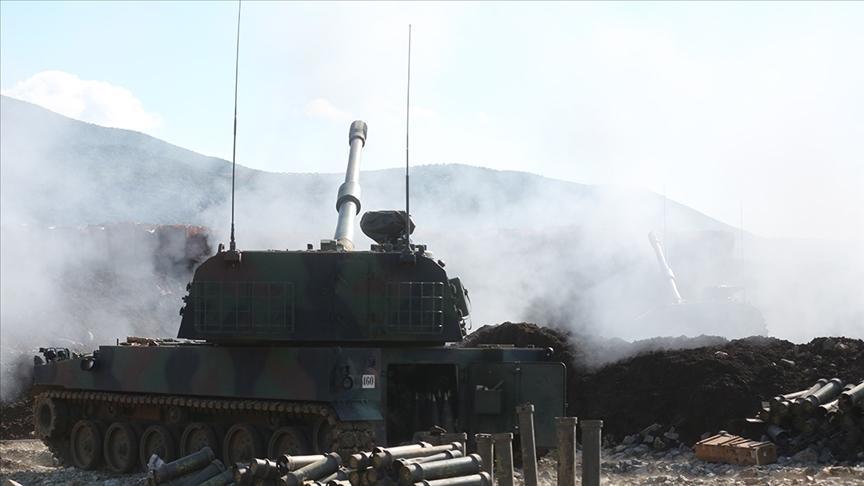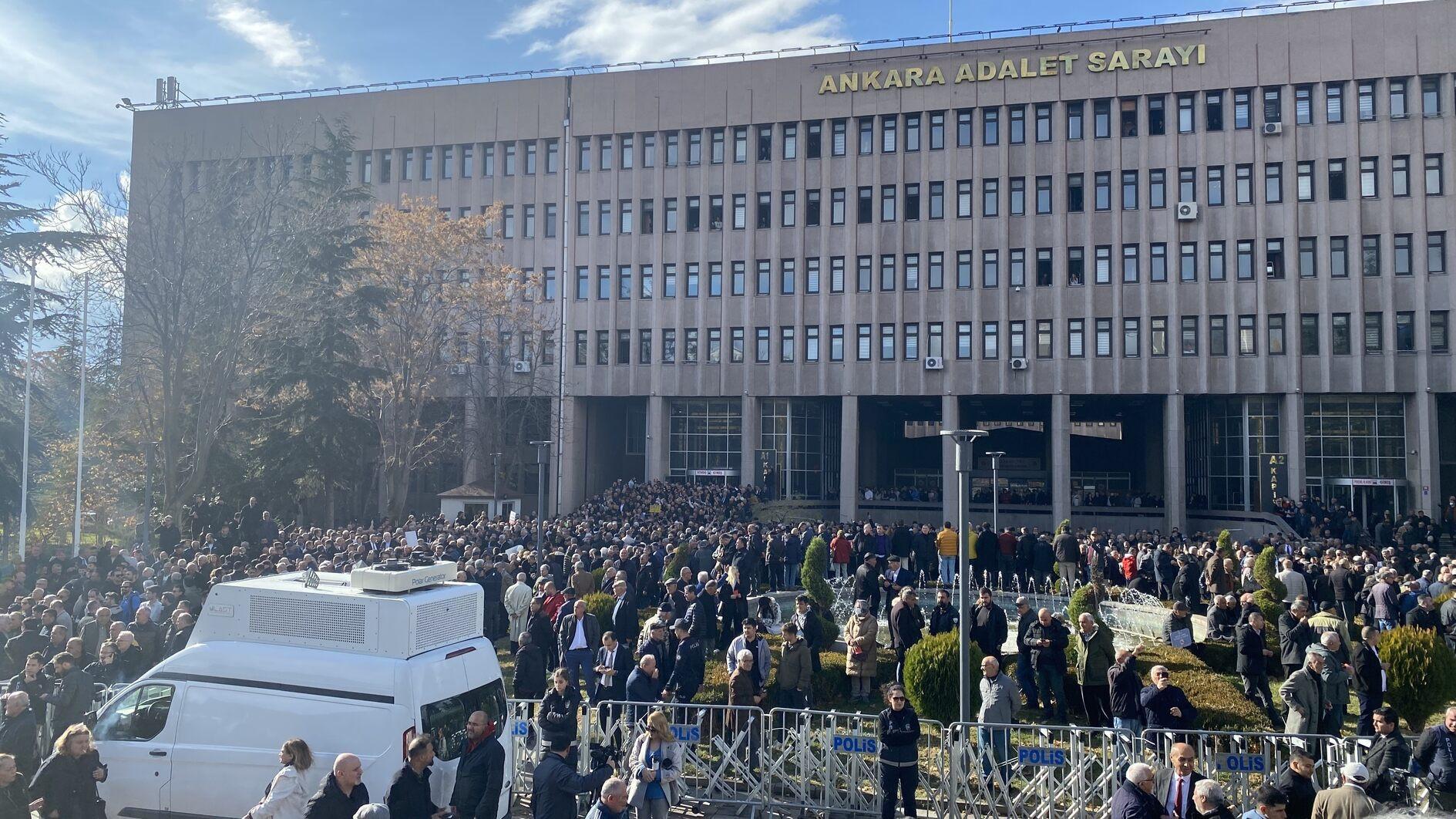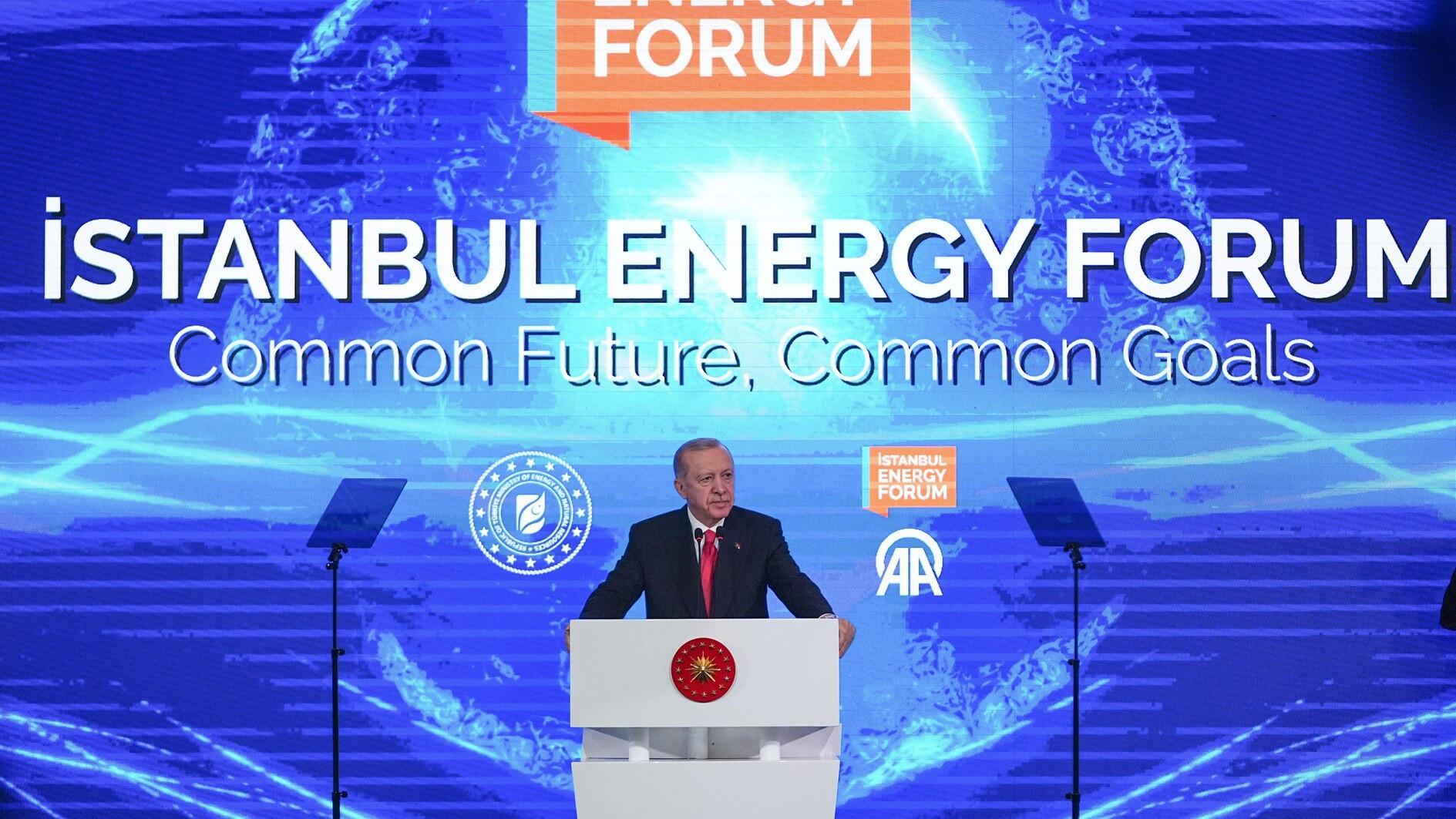The making of the ‘presidential system’
This week, the Turkish media reported the creation of something called “the shadow government.” What this referred to was the establishment of a whole new bureaucracy in President Recep Tayyip Erdoğan’s office.
Up to now, there used to be four “directorates” that worked under the presidency. They focused on financial affairs, institutional communications, information technology and human resources. Their job was to advise the president, whose main function had been to approve or revise draft bills. But now, under Erdoğan, the number of “directorates” has increased from four to 13. The newly added ones will focus on internal security, foreign relations, economy, defense, energy and investment monitoring.
This really amounts to a new government under the president, in addition to the conventional government that exists under the prime minister. There is also no doubt that it amounts to a colossal increase in the executive power of the presidency. The opposition rightly warns that this may create a conflict between the president and the Prime Ministry, especially if they are from different political persuasions. This is probably not seen as a risk today, due to the assumption that both offices will be held by ruling Justice and Development Party (AKP) figures, such as Erdoğan and Prime Minister Ahmet Davutoğlu. Moreover, the creation of a “shadow government” under the president is also seen only as a transient solution, until the establishment of a fully-fledged and fully-centralized “presidential system.”
This love affair for a “presidential system,” in contrast to the European-style parliamentary tradition Turkey has used since the late Ottoman Empire, is clearly related to the political ambitions of Erdoğan. His hardcore supporters have been promoting this idea for the past few years, but there is a big obstacle facing them: the Constitution. Creating an all-powerful presidency, to which the Prime Ministry will be a mere secretary, requires either a whole new Constitution or a colossal amendment.
But the AKP, the only party which calls for a presidential system, does not have enough seats in Parliament to change the Constitution. They need an add-on, which may come from Kurdish deputies, who could support the presidential system in return for help to further their goals, such as some autonomy in the southeast. That is an additional reason that makes the “Kurdish peace process” crucial for the government. (I, for my part, support the “Kurdish peace process,” only for peace.)
What Erdoğan needs today, therefore, is to make sure the AKP gets enough votes in the upcoming election to be able to change the Constitution – at least with Kurdish support. If that happens, the “presidential system” will be one of the key matters, and the AKP will defend it as a key necessity for the glorious “New Turkey.”
What Erdoğan is doing now is turning the all-powerful presidency into a de facto reality, so that a de jure constitutional design will become inevitable when the time comes. He has already built a colossal presidential palace, and began filling its 1,150 rooms with a “shadow government.” But it is the AKP vote in the next elections that will show whether the goal will turn into a reality.
My opinion? Well, I am certainly against the “presidential system,” and favor preserving Turkey’s parliamentary tradition. Because unlike the AKP, which used to be a “conservative” party, but recently began to recast itself a “revolutionary,” I am still partly a “conservative” who distrusts revolutions and believes in the wisdom of the ages.











